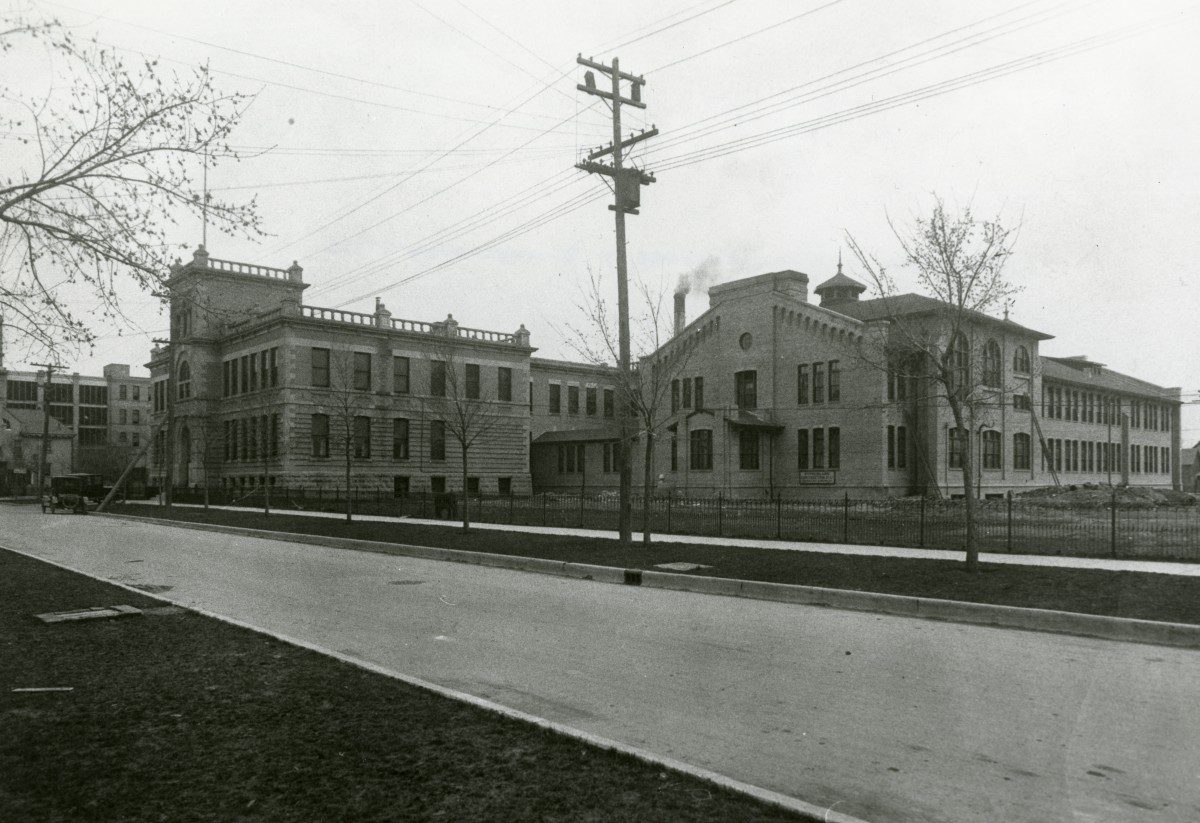
THE OLD BASIC SCIENCE BUILDING (RIGHT) AS SEEN FROM BANNATYNE AVENUE IN 1921. BY 1922, THE PATHOLOGY BUILDING WAS BUILT IN FRONT OF IT. (UM ARCHIVES)
Old Basic Science gives way to planned green space
After 96 years of university life, a building on the Bannatyne campus has faded to green.
The demolition of the Old Basic Science building, also known as T-Building, has just been completed. In its place, the long-term Bannatyne Campus Master Plan calls for a green space and plaza.
Old Basic Science was the smallest and second-oldest of the nine buildings on the campus that is home to the Rady Faculty of Health Sciences. Afflicted in recent years by sloping floors, crumbling walls and sagging stairways, it was deemed structurally unsound and too costly to renovate.
The antiquated three-storey structure, dating from 1921, still had its original wooden banisters and drafty windows, including a round “bull’s eye” window overlooking McDermot Avenue. Its final occupants included the J.A. Hildes Northern Medical Unit.
Old Basic Science was built as an annex to the 1906/1911 structure on Bannatyne Avenue that is now called the Medical Services building. Designed by U of M architecture professor Arthur A. Stoughton, it was described in some accounts as “temporary.”
Although it was later considered to face McDermot Avenue, Old Basic Science’s original façade faced north, toward Bannatyne Avenue. The structure was purposely set well back from Bannatyne to leave room for the Pathology Building, a much grander edifice that was built in 1921-22 and permanently blocked the view of Old Basic Science from the Bannatyne side.
The rectangular, brown-trimmed Old Basic Science was architecturally modest, but featured some attractive brickwork. It was built to accommodate Medical College departments including physiology, biochemistry and bacteriology. Two octagonal cupolas protruded from the roof, serving to ventilate labs and animal storage areas on the third floor.
Dr. Arnold Naimark, who spent countless hours in T-Building as a medical student and professor between 1953 and 1973 – and later became dean of medicine, then president of the university – especially recalls the smell of the place.
“All the old-style wooden furniture, the books and journals, the furniture varnish, the cleaning materials – it was a cacophony of smells,” he says.
Naimark remembers Theatre F, the steeply raked lecture hall on the second floor, as the scene of entertaining 1950s lectures by Joe Doupe, a legendary physiology professor. Naimark tells no tales of chemicals blowing up in the building’s labs, but does recall that students handled mercury for certain kinds of measurements.
“While everybody did their best to keep mercury secure, once we had to pull up some linoleum in the second-floor physiology department. The baseboards had to be pried off. We found pools of mercury all along there. That got everybody excited, and it had to be cleaned up. That was probably in the late ’50s.”
Dr. Alvin Zipursky, now professor emeritus at the University of Toronto and Hospital for Sick Children, remembers working on the first floor of T-Building as a research fellow with Dr. Lyonel Israels in 1957.
“The structure and contents of the lab evidently were unchanged from the time it was built in 1921,” says the 86-year-old alumnus. “At one end of the lab was a large fume chamber. One day I was using it to heat substances that emitted pungent fumes. Shortly after I started, a professor from across the hall rushed in. Evidently my fume chamber exhausted directly into his room!”
While the facilities posed challenges, Old Basic Science became the site of Zipursky’s medical breakthrough, published in 1959, in understanding and preventing Rh disease.
“The studies in the very old biochemistry lab contributed to the eventual eradication of Rh disease in Canada, the U.S. and elsewhere in the world,” Zipursky says. “Another contribution was Dr. Israels’ discovery of the unique alternative pathway of bilirubin metabolism – a major discovery in human physiology.”
Thanks to Jordan Bass, archivist, Max Rady College of Medicine Archives, for research assistance.







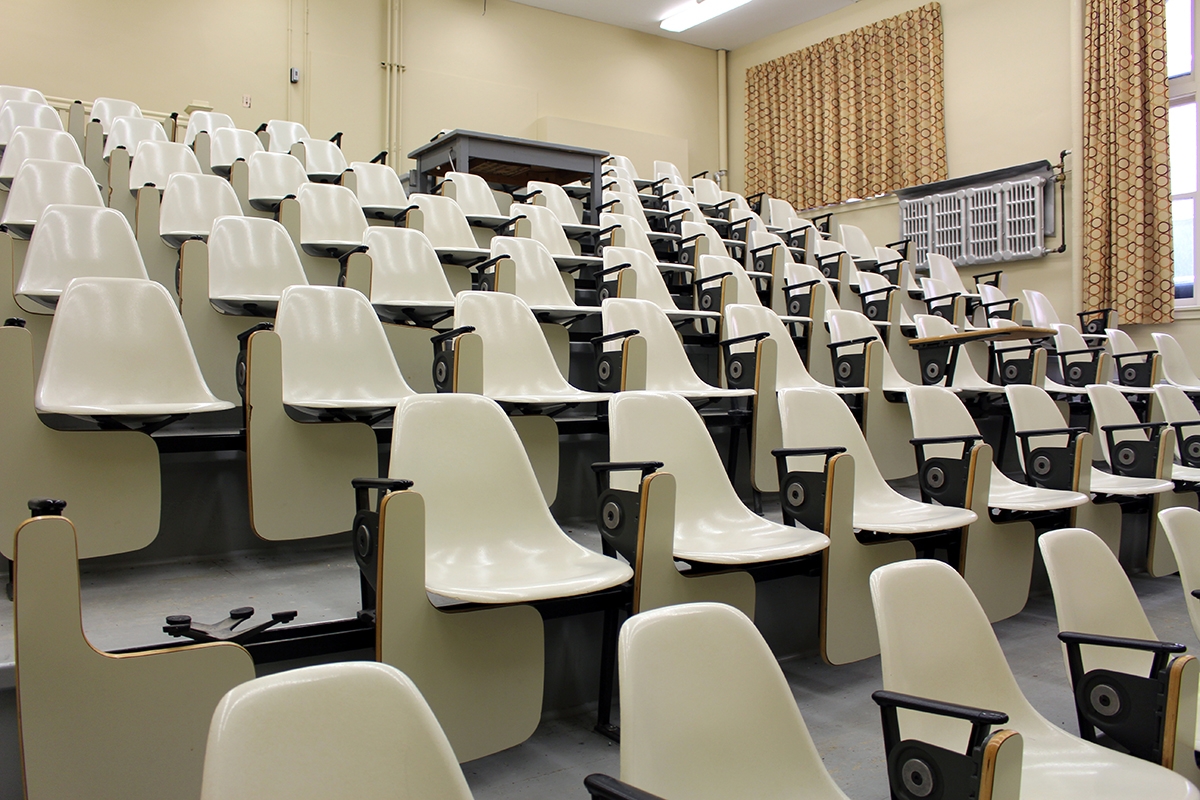






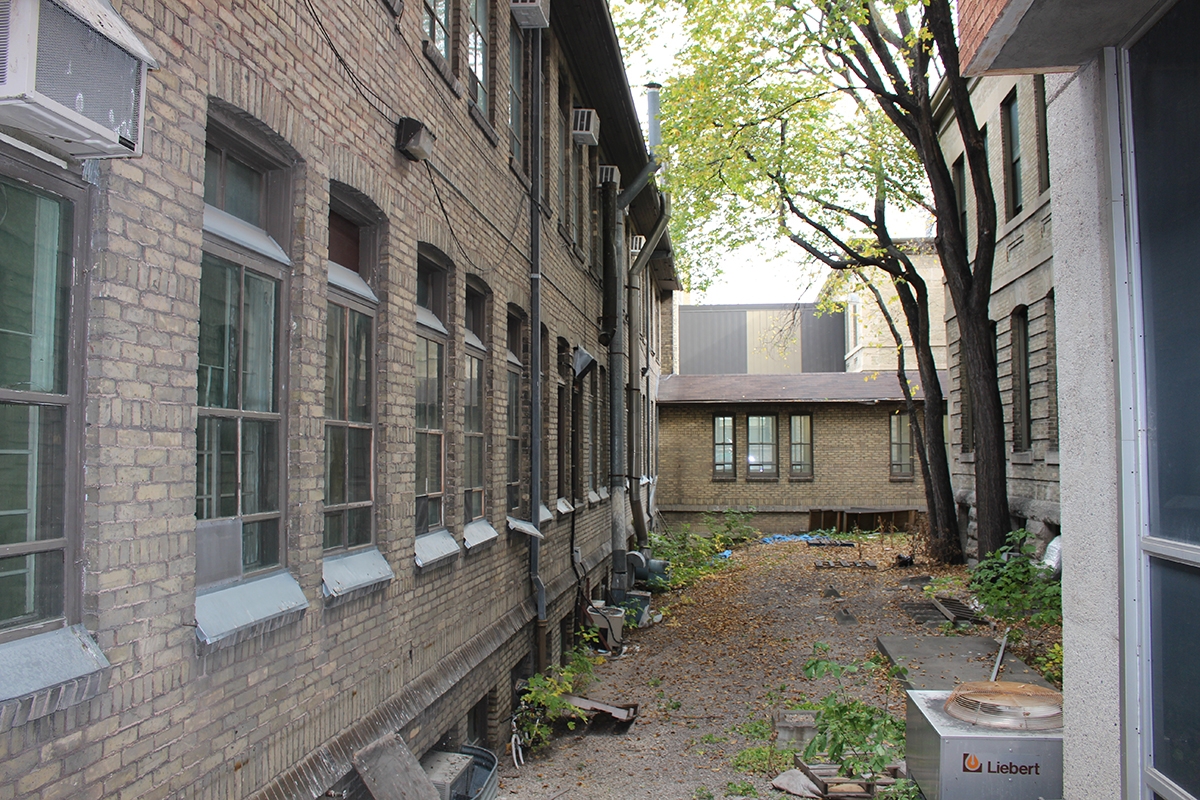
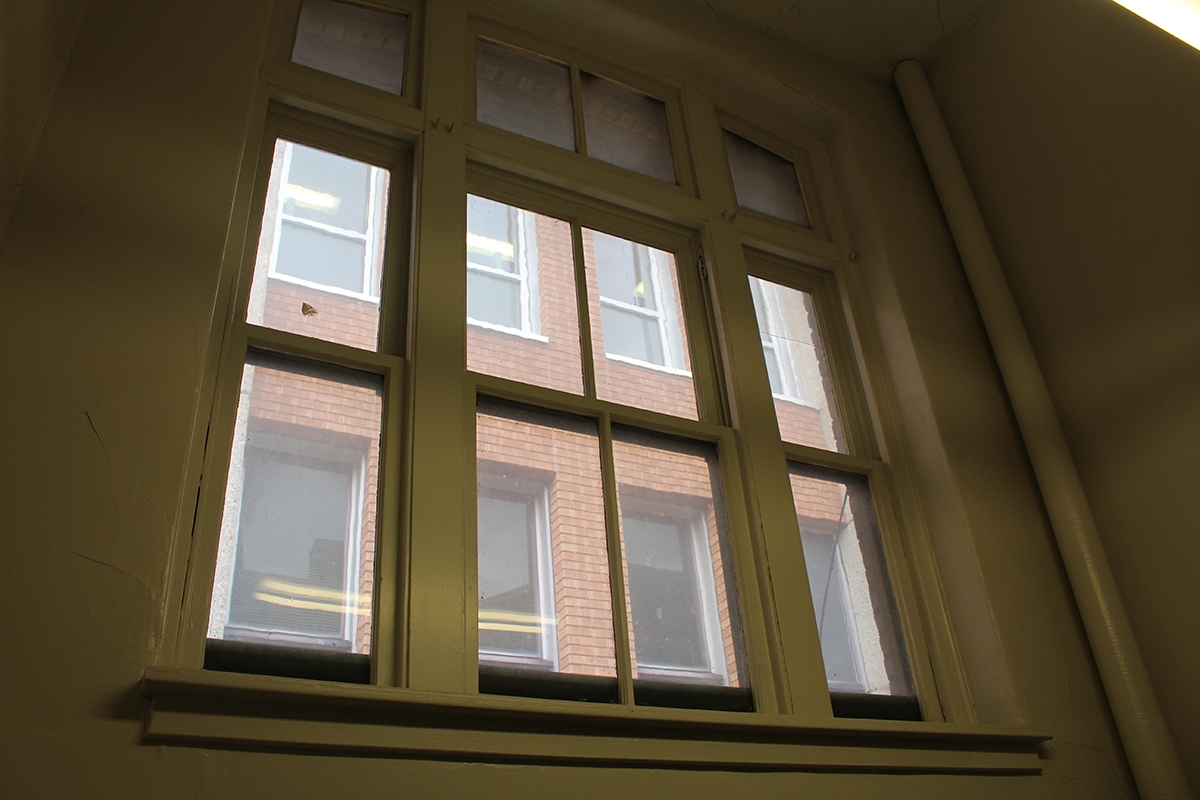
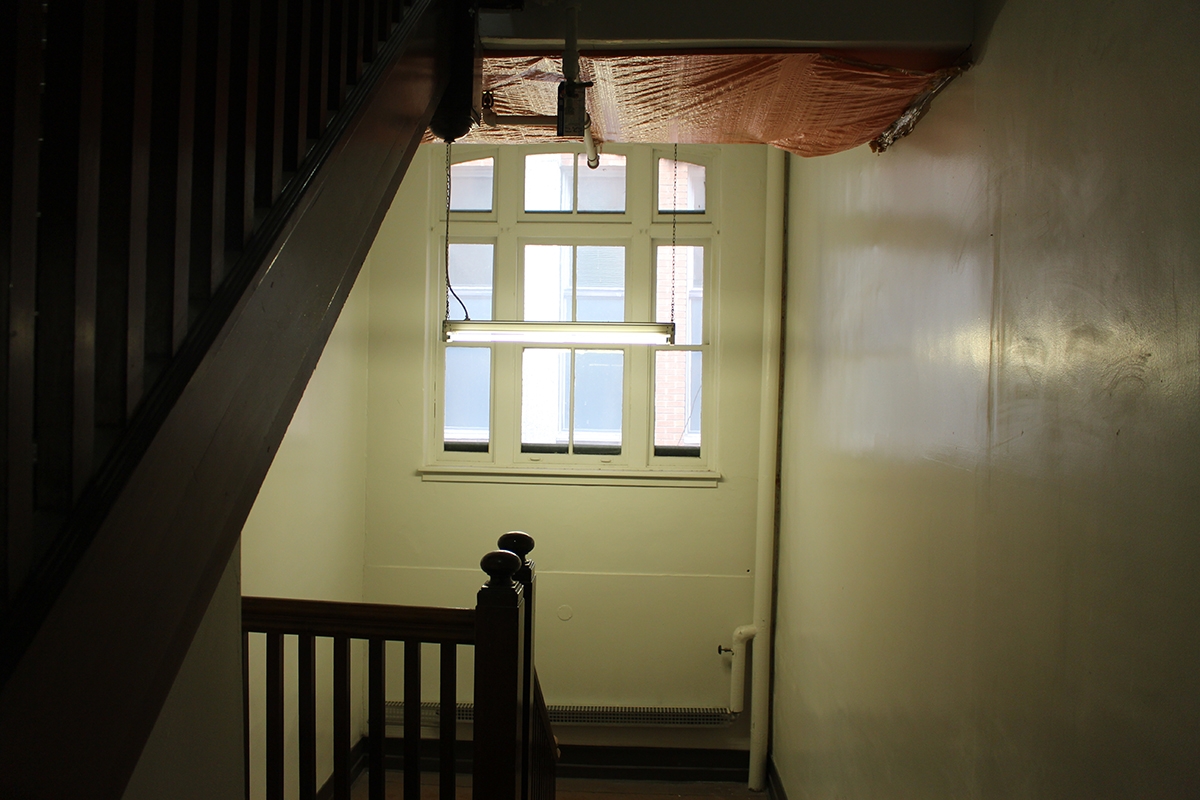

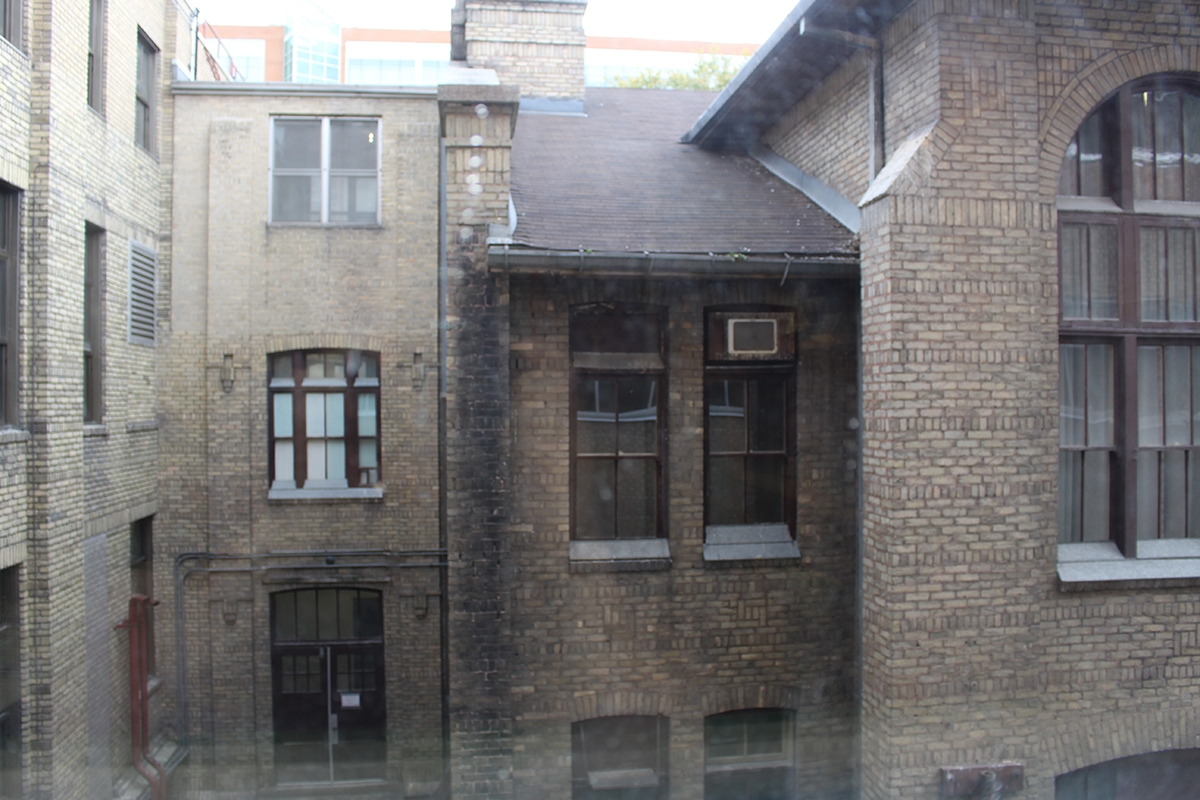
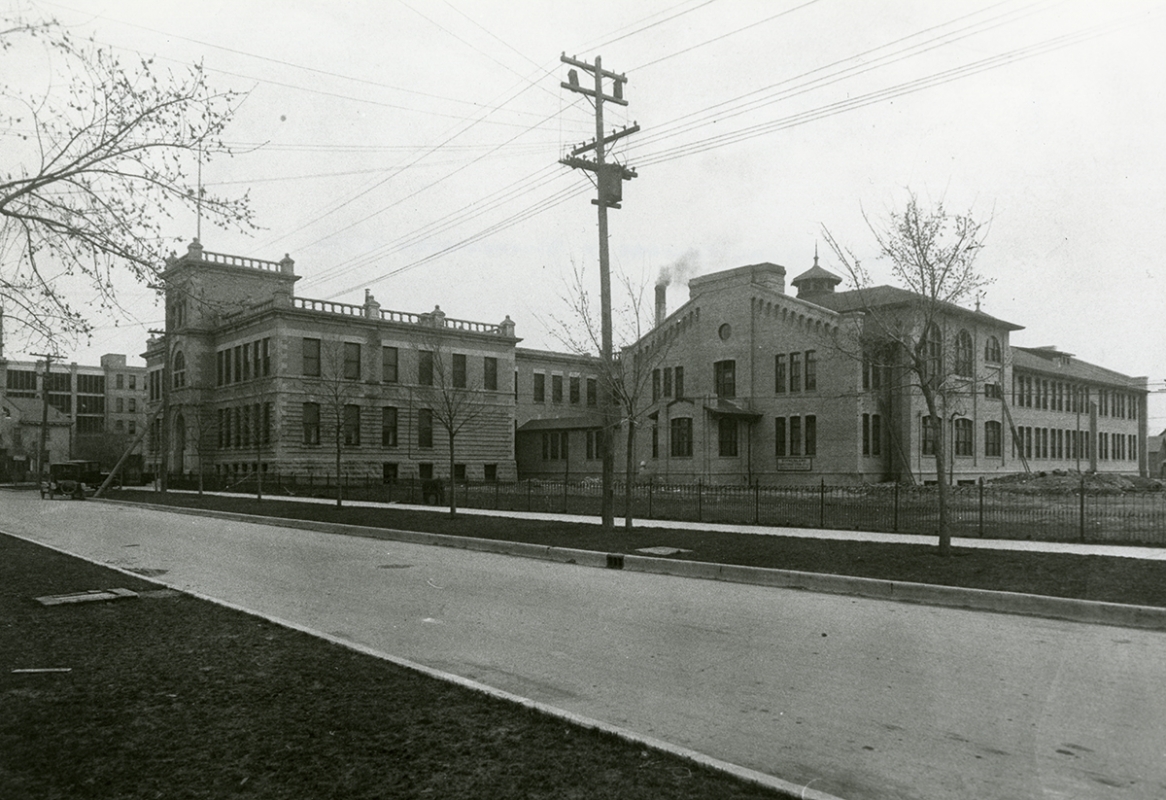
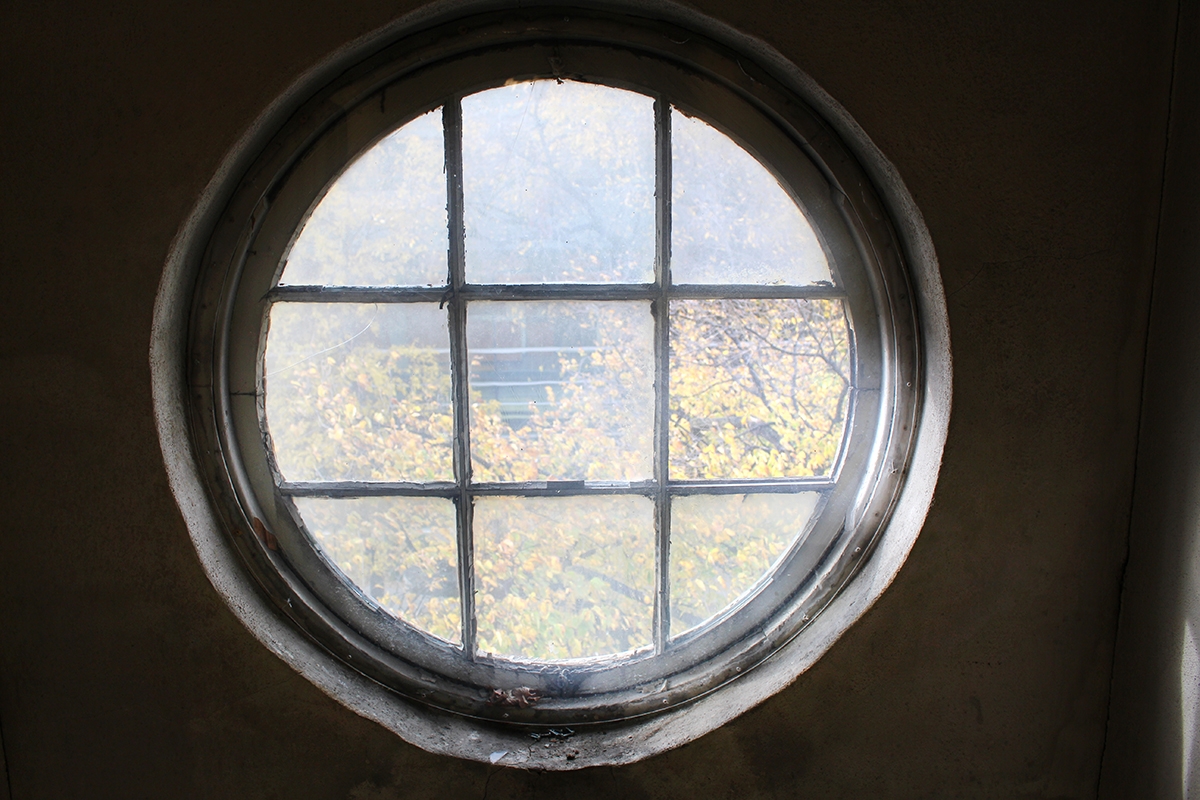
I sincerely hope that the promise of green space materializes. This common space will be appreciated by students and staff as a place to relax and mingle in a healthy green (no-smoking) environment. Perhaps some picnic tables and seating will be provided.
Basic science building vignette:
It is the case that there was a house cat in this building who was a “mouser” and periodically, one could see the cat wandering the halls on the slippery linoleum floors with a small rodent in its mouth. A lab worker brought his huge friendly playful Newfoundland puppy on a Saturday morning, and wanted to play. There was a ladder standing in the middle of the hallway with no human aboard. The dog spotted the cat, and loped along the hall hoping to play with the cat; the cat ran up the ladder; the dog followed; the ladder crashed amid barking and squealing; fortunately there were no injuries and the custodian who left the ladder there could not understand why his ladder was destroyed.
The dog was banned. The cat returned to his duties for another 8 lives.